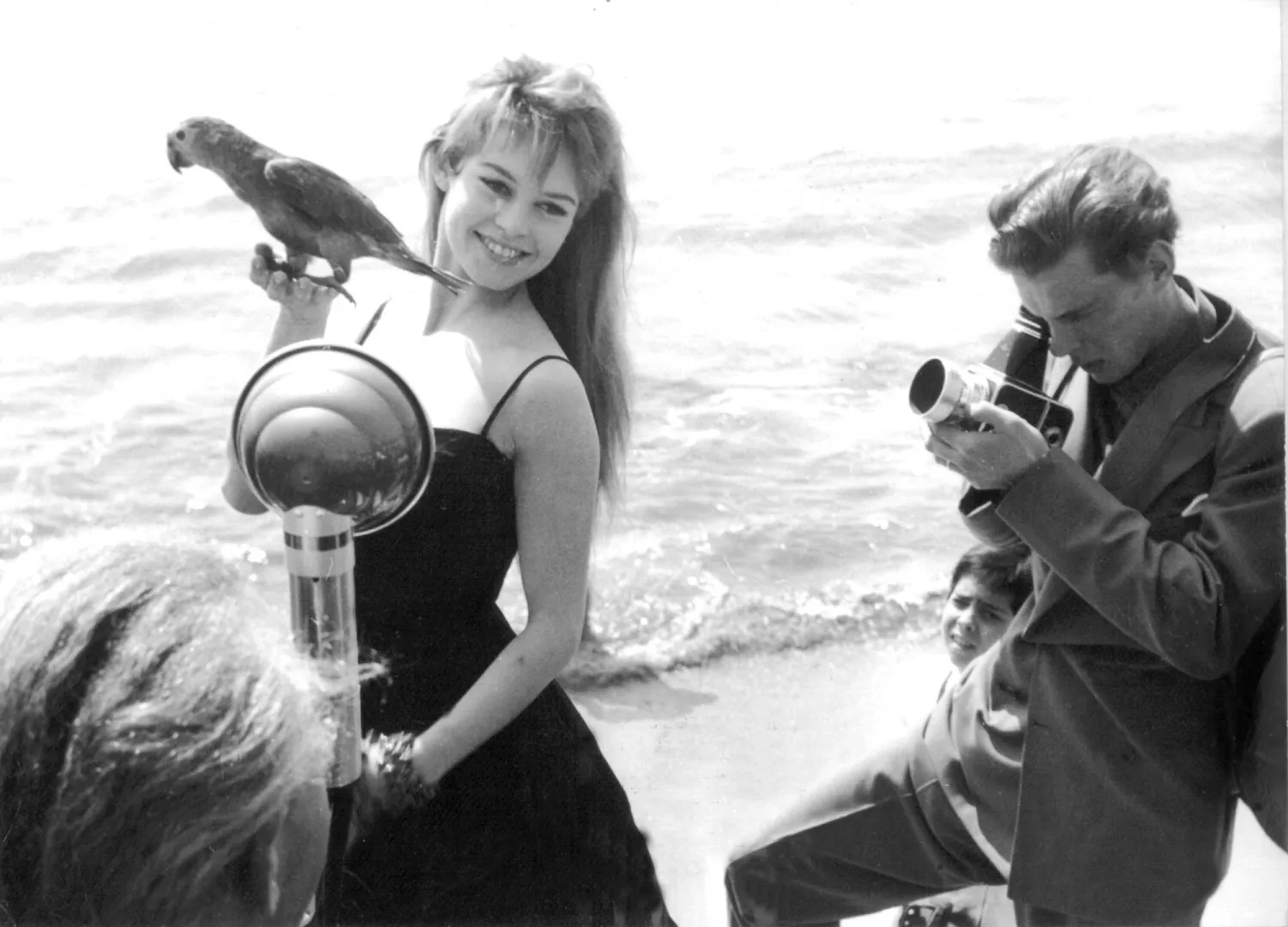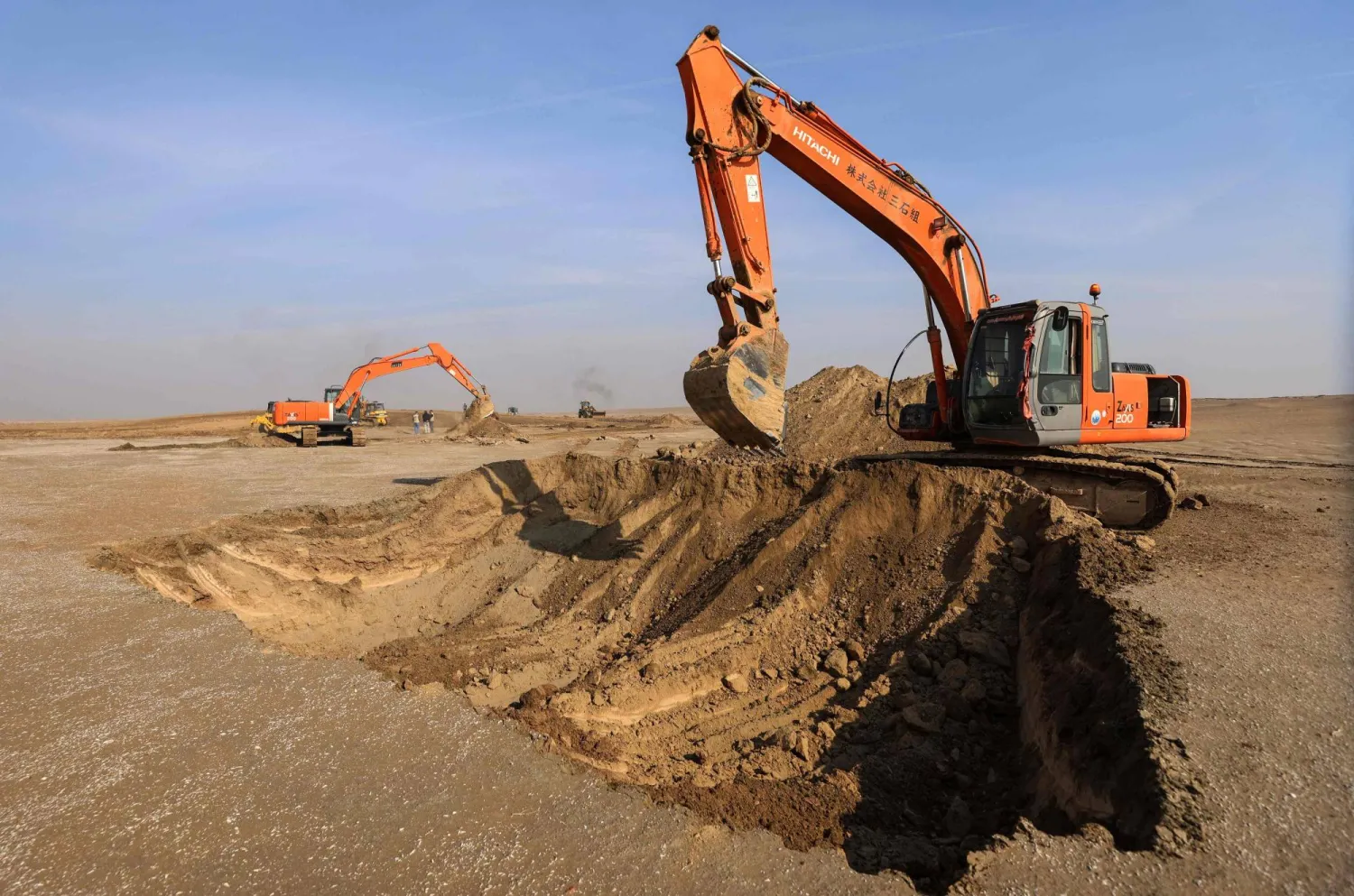A Japanese town that mounted a huge barrier to deter unruly tourists from taking photos of Mount Fuji said Tuesday that around 10 small holes have already been poked in the mesh screen.
The barrier was put up a week ago in a popular photo spot in Fujikawaguchiko town, where residents had complained about streams of mostly foreign visitors littering, trespassing and breaking traffic rules.
A town official told AFP that the screen made of black netting had achieved its goal of dispersing crowds on a narrow pavement across the road from a convenience store.
Although a security guard is there between 10:00 am and 04:00 pm, the small holes appear to have been created in the morning or evening while no one was watching, he said.
"It's about manners. It's a shame," he said of the holes, big enough to fit a finger through but perhaps too small to capture the Instagram-friendly juxtaposition of the snow-capped volcano emerging from behind the store.
"I tried to put a camera up to one of the holes. Did I take a good picture? In fact, I think the net came into the frame," the official said.
Since the netting measuring 2.5 by 20 meters (eight by 65 feet) was installed on Tuesday, "there have been some people who came to see the screen itself," he added.
"But we have achieved the purpose of discouraging people from staying there."
The town, beside a scenic volcanic lake, now plans to place QR codes on the barrier to introduce the area's other tourist attractions, including alternative places to take photos of Mount Fuji.
When the spot in front of the convenience store becomes less popular online then the town may take down the screen, the official said.
Record numbers of overseas tourists are coming to Japan, where monthly visitors exceeded three million for the first time in March and then again in April.
But as in other tourist hotspots, such as Venice which recently launched a trial of entry fees for day visitors, the influx has not been universally welcomed.
In Japan's ancient capital of Kyoto, locals have complained of tourists harassing the city's famed geisha.
And hikers using the most popular route to climb Mount Fuji this summer will be charged 2,000 yen ($13) each plus an optional 1,000 yen donation, with entries capped at 4,000 to ease congestion.









